Stuart Franklin retells the Saharan story of Magnum co-founder George Rodger
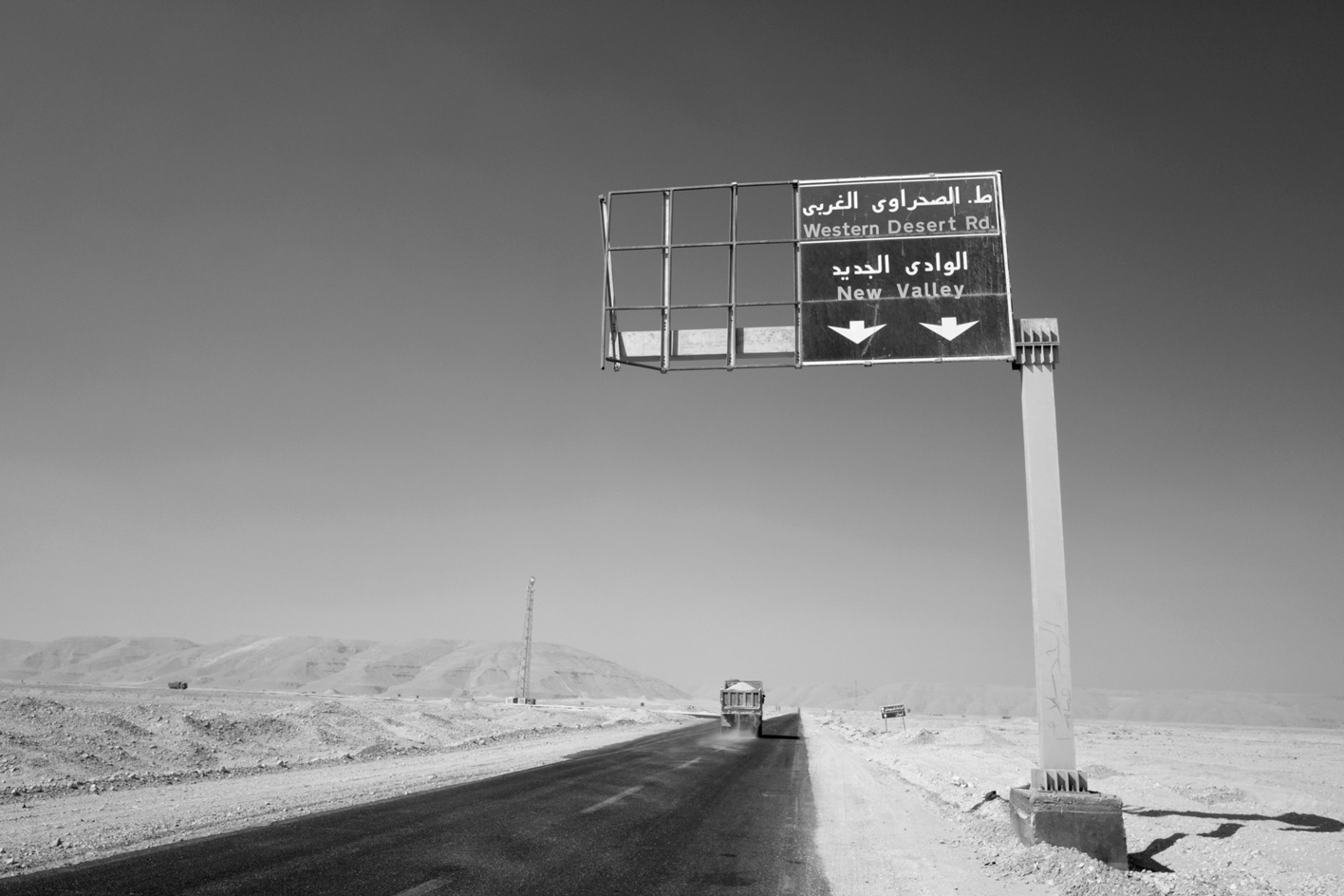
In 1957, Magnum co-founder George Rodger set out with his wife Jinx on a 4,000 mile Land Rover trek across the Sahara, to photograph the then undocumented landscape. Jinx would later describe it as ‘one of the most punishing trips on earth’. That July, while the dauntless duo were crossing the sands, back in London, Stuart Franklin was turning one.
Now a world renowned photojournalist, and erstwhile president of Magnum (2006-2009), Franklin has retraced Rodger’s tyre-tracks to pay homage to his original photoseries.
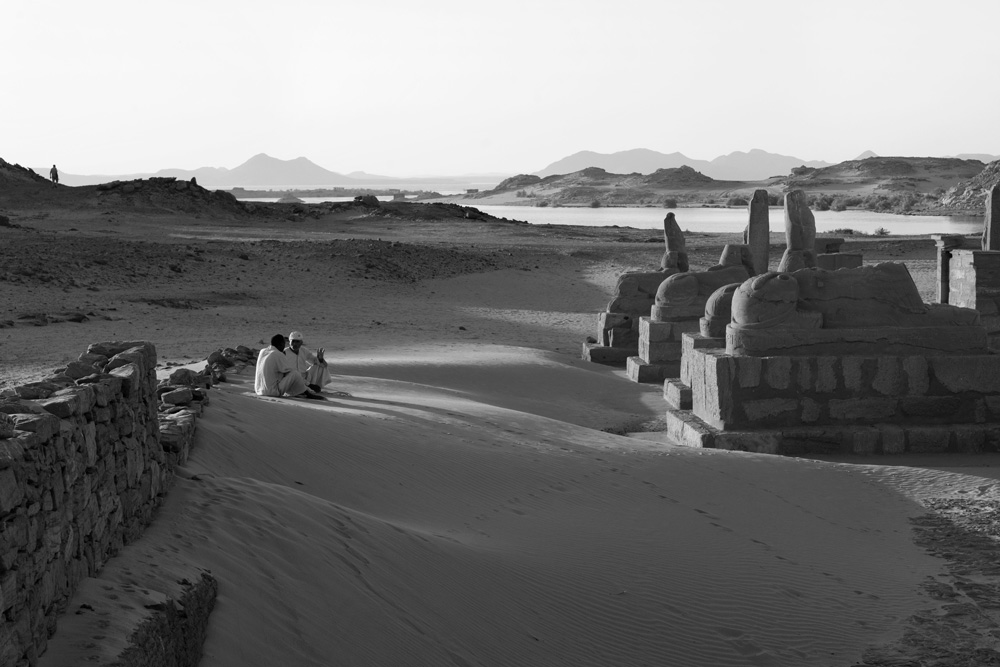
Egypt, Lake Nasser. The temple of el Seboua on the edges of the lake, 2017, by Stuart Franklin. © The artist / Magnum Photos
The epic retracing comes as part of Magnum’s 70th anniversary exhibition series – ‘Magnum Retold’ – in which the agency has asked a handful of its most esteemed members to retell a notable photo story from its archive.
Rodger’s Saharan expedition immediately presented itself to Franklin. ‘There was a certain monumentality to George’s approach to landscape that appealed to me,’ he explains. ‘I've always been interested in the way landscape relates to us, as individuals and collectively. George’s images of the Sahara have a curious way of handling this. They capture the space, the silence, the enormity of the desert in relation to its population.’

Tafraout, Morocco. Landscapes within 10 km of the town, Morocco, 2017, by Stuart Franklin. © The artist / Magnum Photos
Before setting out in May last year, Franklin read George and Jinx’s diaries, which capture the treacherous nature of their journey, but also its vast beauty. ‘We were up early and on the route to Kerzaz by 9am,’ writes Jinx on 13 May, 1957. ‘Already the wind was messing around and there was sand in the air and a sickly sun.’ Such conditions made their photographic mission near impossible. She later notes, ‘Boiling hot here. Too much sand in the air to take pictures so we went for a walk sans cameras. Came back and drank litres of water faintly flavoured with Anisette.’
As well as being hunted by sandstorms and buffetted by heat, Rodger and Jinx’s trip was curtailed by the manmade braces of visa-constraints. They petitioned entry into Algeria for three weeks before even leaving Paris. Symetrically, it’s a fate that also befell Franklin half a century on. He, too, was refused an Algerian visa, and was forced to redirect his trip through Morocco.

Aswan, Egypt. View of the River Nile from The Winston Churchill Suite, of the Old Cascades Hotel, Churchill first stayed there in 1902, 2017, by Stuart Franklin. © The artist / Magnum Photos
Despite this, Franklin was able to revisit many of the locations that Jinx and George Rodger stumbled upon 50 years prior, like the Colossi of Memnon in Egypt and Tafraout in Morocco. He found them largely unchanged. ‘Of course, the roads have improved drastically, as have the irrigation systems, and the population has increased, but the leftovers of British colonial legacy haven’t shifted, and neither has the overall feeling Rodger rendered.’
Capturing the same, very particular, aesthetic quality of Rodger’s work was another matter, however – ‘It’s one thing to really like someone’s work, it’s another to create something tonally similar.’ Franklin made use of the long-lensed Leica cameras favoured by Rodger, and, as the diaries reveal that Rodger chose to shoot very early in the morning, Franklin followed suit. ‘At this time, the light had a poetic quality,’ he explains. ‘And people weren’t dancing around in the sand because they were in bed. It was near deserted.’
In these stoic images, where sand-washed temples and hand-chiselled stone monuments sink back into the earth, and two men interrupt the empty dunes, Rodger’s vision sings. Though we may travel 4,000 miles and traverse half a century, we do so with Rodger’s eyes and Franklin’s lens – a tribute to both of their journeys, and the long and valuable legacy of Magnum’s 70 year history.
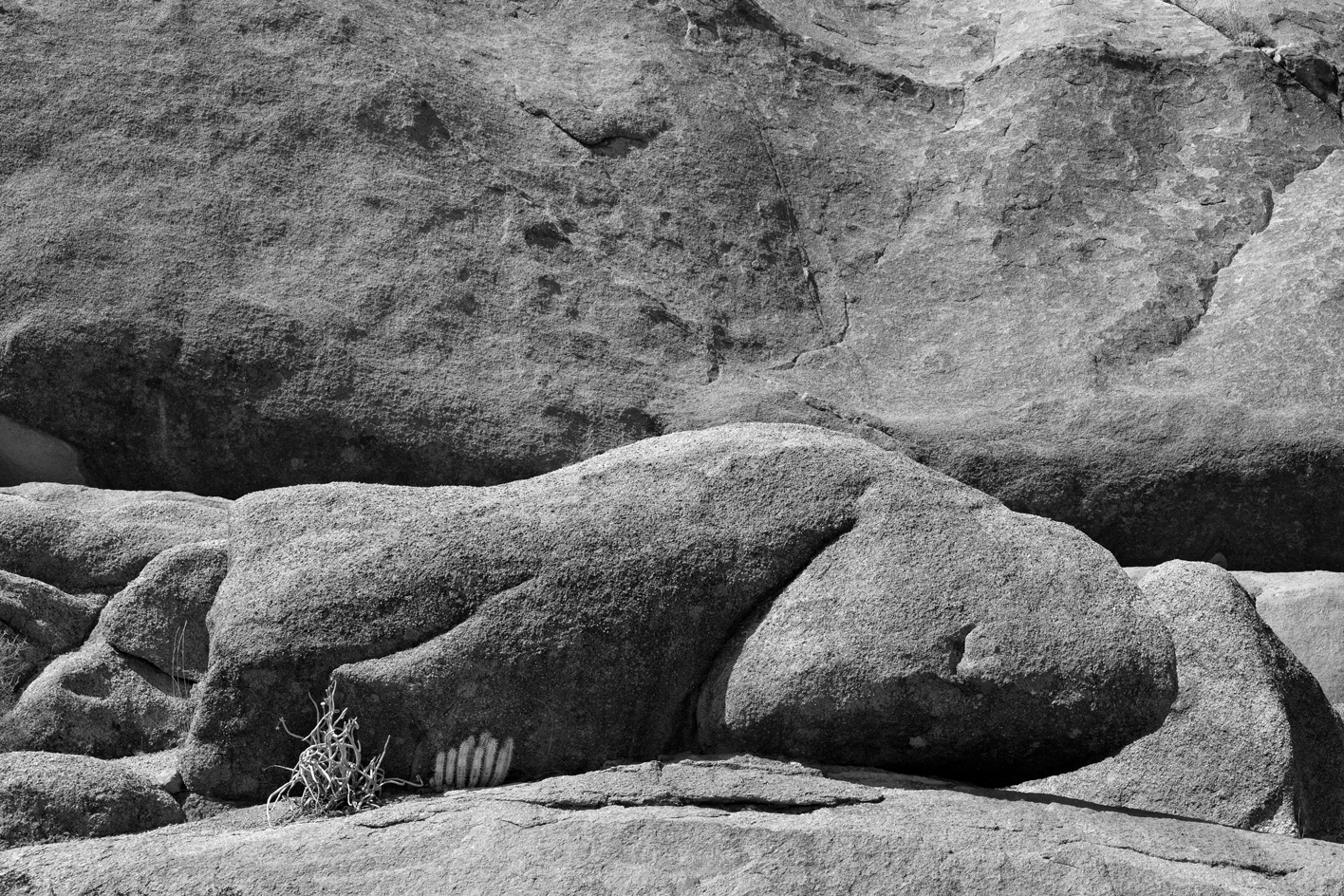
Tafraout, Morocco. Landscapes within 10 km of the town, by Stuart Franklin, 2017. © the artist / Magnum Photos

Tafraout, Morocco. Landscapes within 10 km of the town, by Stuart Franklin, 2017. © the artist / Magnum Photos
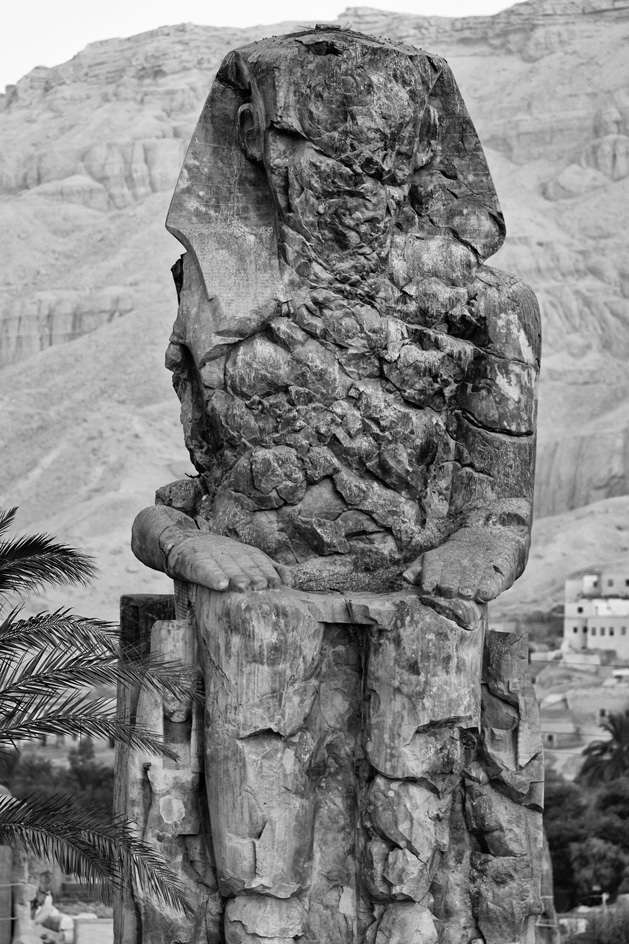
Memnon, Egypt. Colossus of Memnon and surrounding valleys, by Stuart Franklin, 2017. © the artist / Magnum Photos
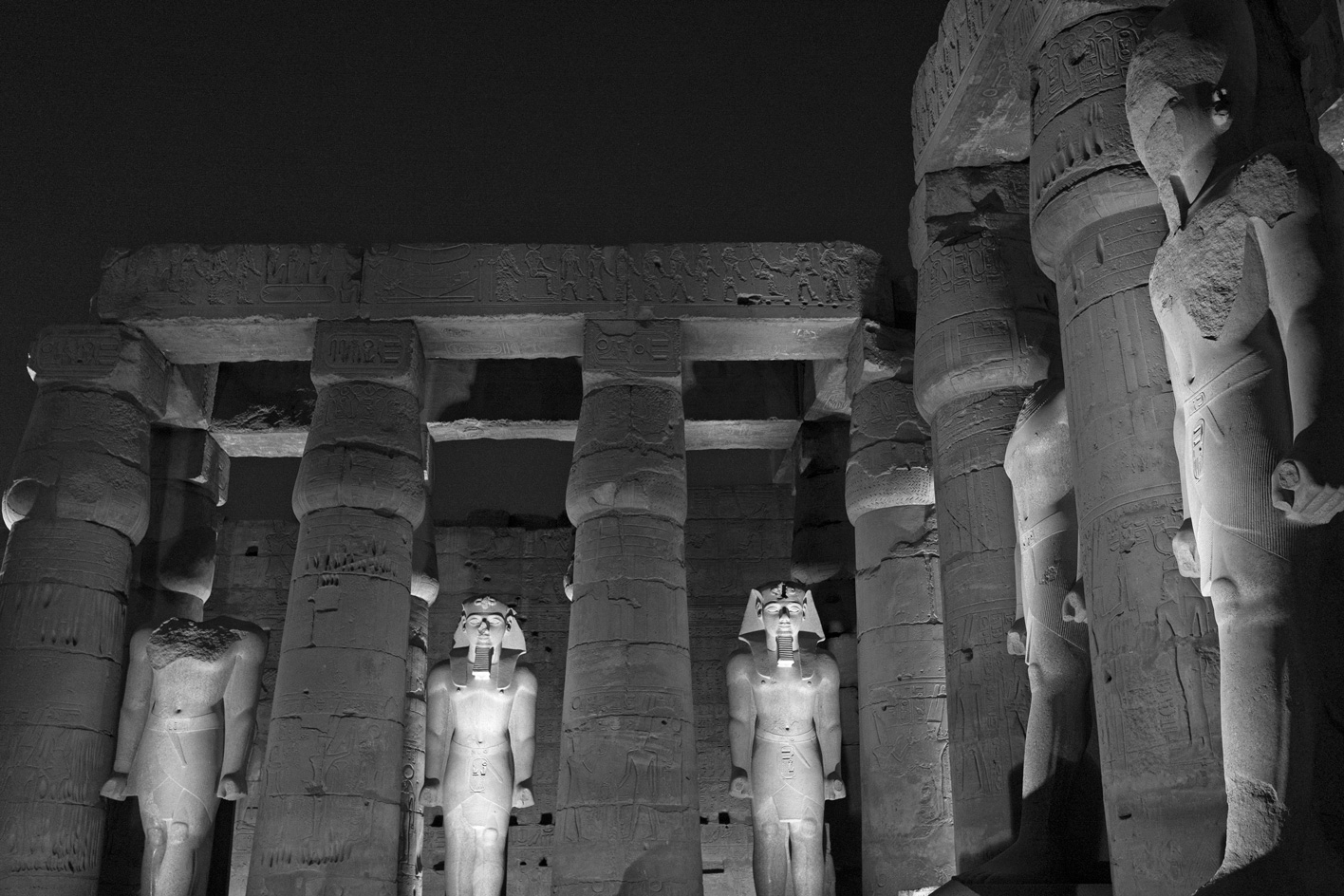
Luxor, Egypt. Luxor temple at night by Stuart Franklin, 2017. © the artist / Magnum Photos
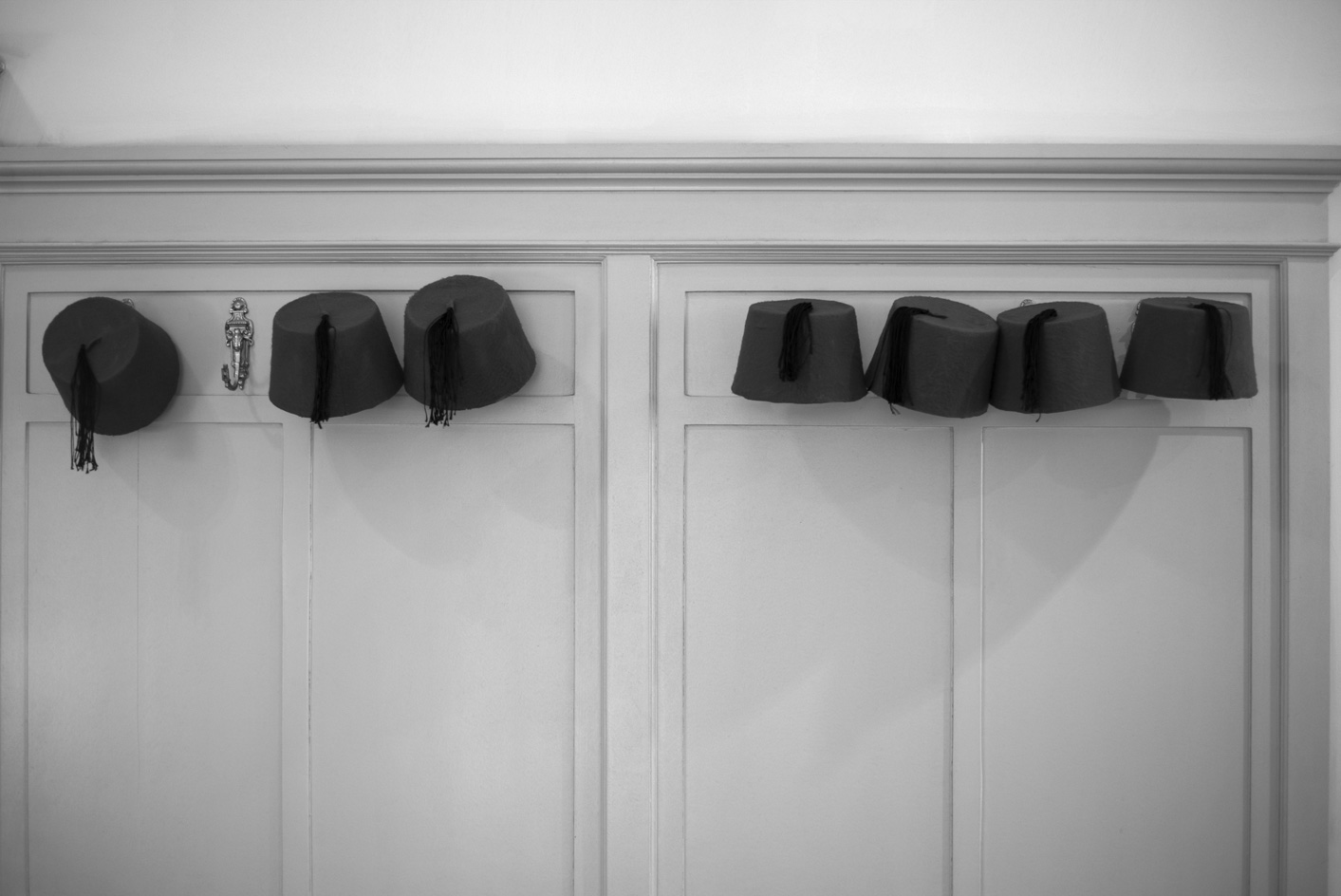
Luxor, Egypt. Colonial-style Winter Palace Hotel, where Agatha Christie stayed, by Stuart Franklin, 2017. © the artist / Magnum Photos
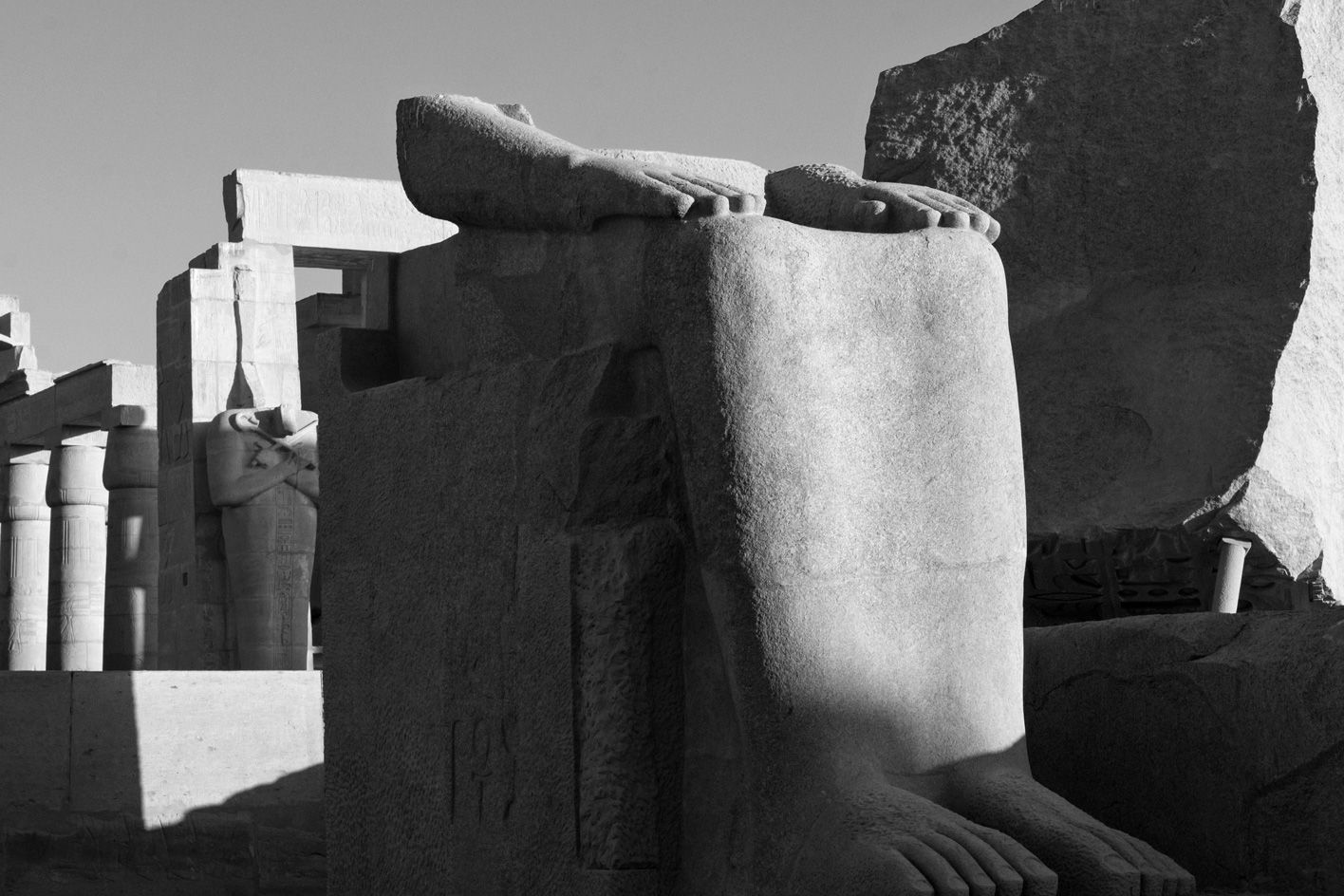
Luxor, Egypt. Ramesseum, Temple of Rameses II, by Stuart Franklin, 2017. © the artist / Magnum Photos
INFORMATION
‘Temples of Stone’ is on view from 17 January – 16 February. For more information visit the Leica Studio Mayfair website
ADDRESS
Receive our daily digest of inspiration, escapism and design stories from around the world direct to your inbox.
Leica Studio Mayfair
27 Burton Place
London W1J 6NQ
Elly Parsons is the Digital Editor of Wallpaper*, where she oversees Wallpaper.com and its social platforms. She has been with the brand since 2015 in various roles, spending time as digital writer – specialising in art, technology and contemporary culture – and as deputy digital editor. She was shortlisted for a PPA Award in 2017, has written extensively for many publications, and has contributed to three books. She is a guest lecturer in digital journalism at Goldsmiths University, London, where she also holds a masters degree in creative writing. Now, her main areas of expertise include content strategy, audience engagement, and social media.
-
 This cult Los Angeles pop-up restaurant now has a permanent address
This cult Los Angeles pop-up restaurant now has a permanent addressChef Brian Baik’s Corridor 109 makes its permanent debut in Melrose Hill. No surprise, it's now one of the hardest tables in town to book
-
 French bistro restaurant Maset channels the ease of the Mediterranean in London
French bistro restaurant Maset channels the ease of the Mediterranean in LondonThis Marylebone restaurant is shaped by the coastal flavours, materials and rhythms of southern France
-
 How ethical is Google Street View, asks Jon Rafman in Copenhagen
How ethical is Google Street View, asks Jon Rafman in CopenhagenIn 'Report a Concern - the Nine Eyes Archives' at Louisiana Museum of Art, Copenhagen, Jon Rafman considers technology's existential implications
-
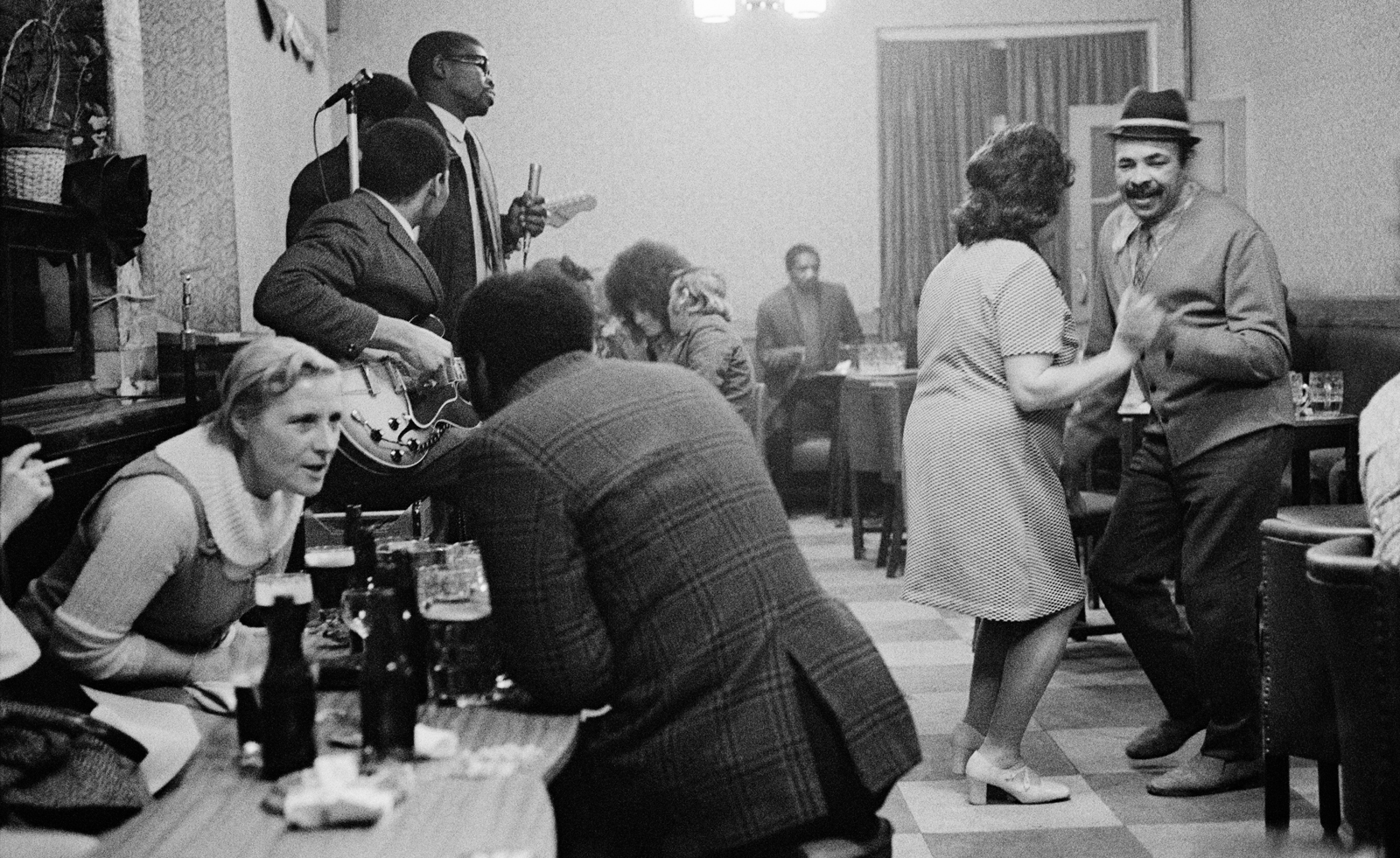 ‘People are really in their element’: Martin Parr on capturing bar culture, and his look back with Campari
‘People are really in their element’: Martin Parr on capturing bar culture, and his look back with CampariMagnum Photos and Campari join forces for ‘Bar Stories on Camera’, currently on view in Turin, including works by Martin Parr
-
 New Magnum Square Print Sale: what to buy, from Roger Deakins to Alfredo Jaar
New Magnum Square Print Sale: what to buy, from Roger Deakins to Alfredo JaarThe new Magnum Square Print Sale (17–23 April 2023) looks beyond the agency’s roster for the first time, inviting artists, filmmakers, and fellow photographers to join alongside Magnum Photographers
-
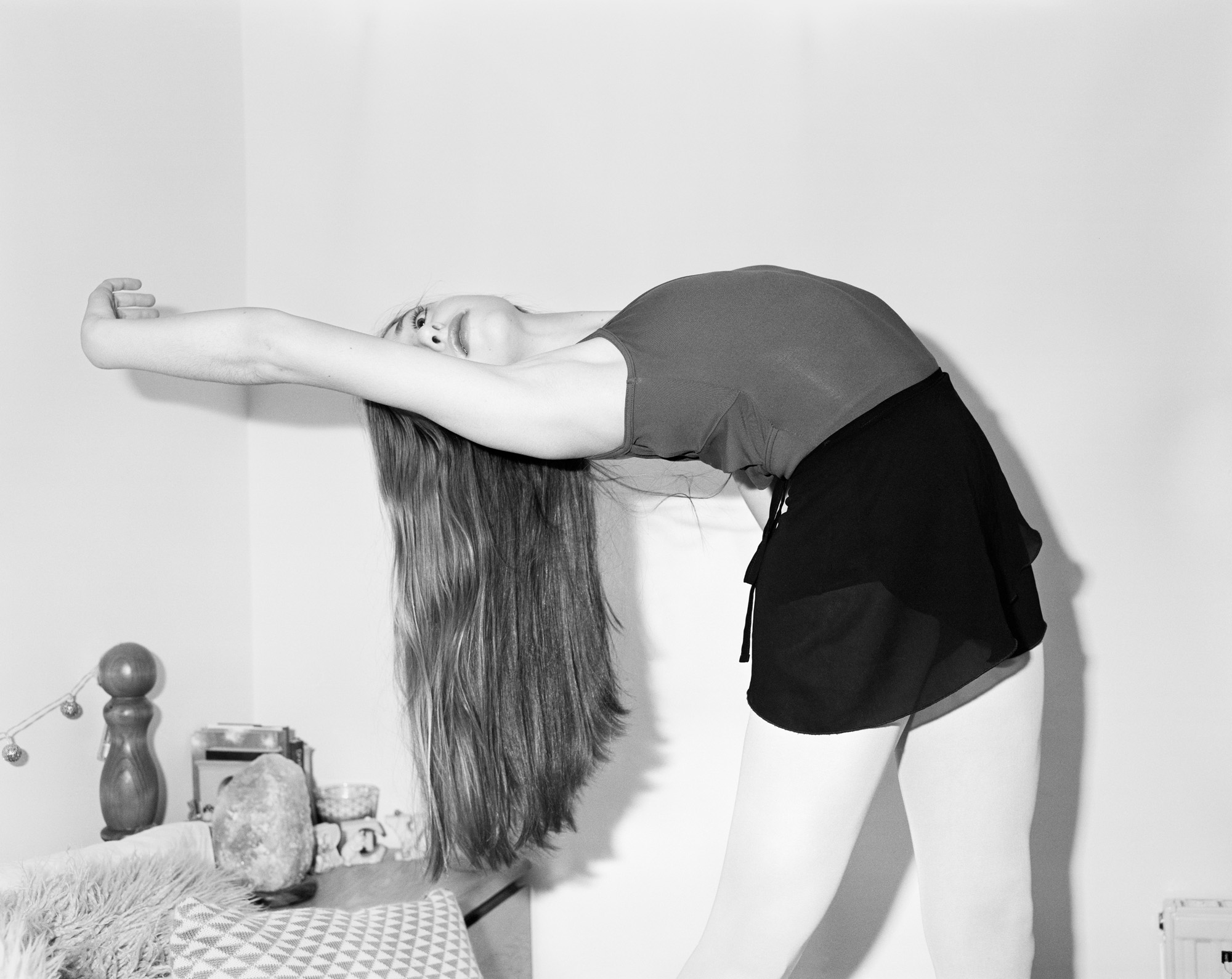 Magnum Photos launches new Square Print Sale
Magnum Photos launches new Square Print SaleTitled ‘Now’, the latest Magnum Photos print sale (until 23 October 2022) features work from 31 photographers, curated with The Photographers’ Gallery, London
-
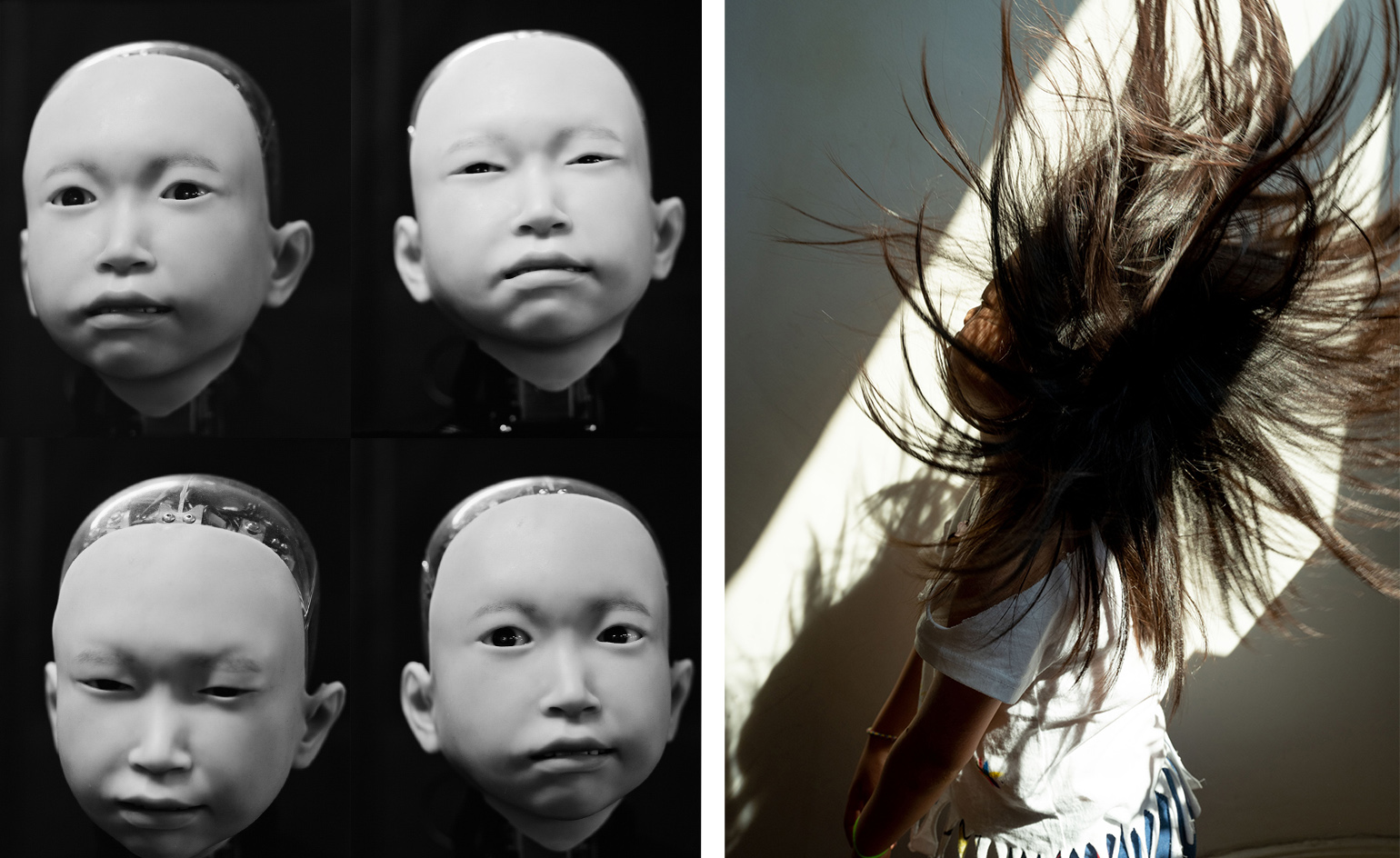 Olivia Arthur on expanding photography and minimising preconceptions
Olivia Arthur on expanding photography and minimising preconceptions‘Through the lens’ is our monthly series that spotlights photographers who are Wallpaper* contributors. Here we explore the vision of Magnum photographer Olivia Arthur
-
 Sensuality and strength: Olivia Arthur photographs Saint Laurent for new exhibition
Sensuality and strength: Olivia Arthur photographs Saint Laurent for new exhibitionOlivia Arthur is one of six photographers taking part in the latest chapter of Saint Laurent’s ‘Self’ project – this time, an exhibition in collaboration with Magnum Photos. Here, she tells Wallpaper* more
-
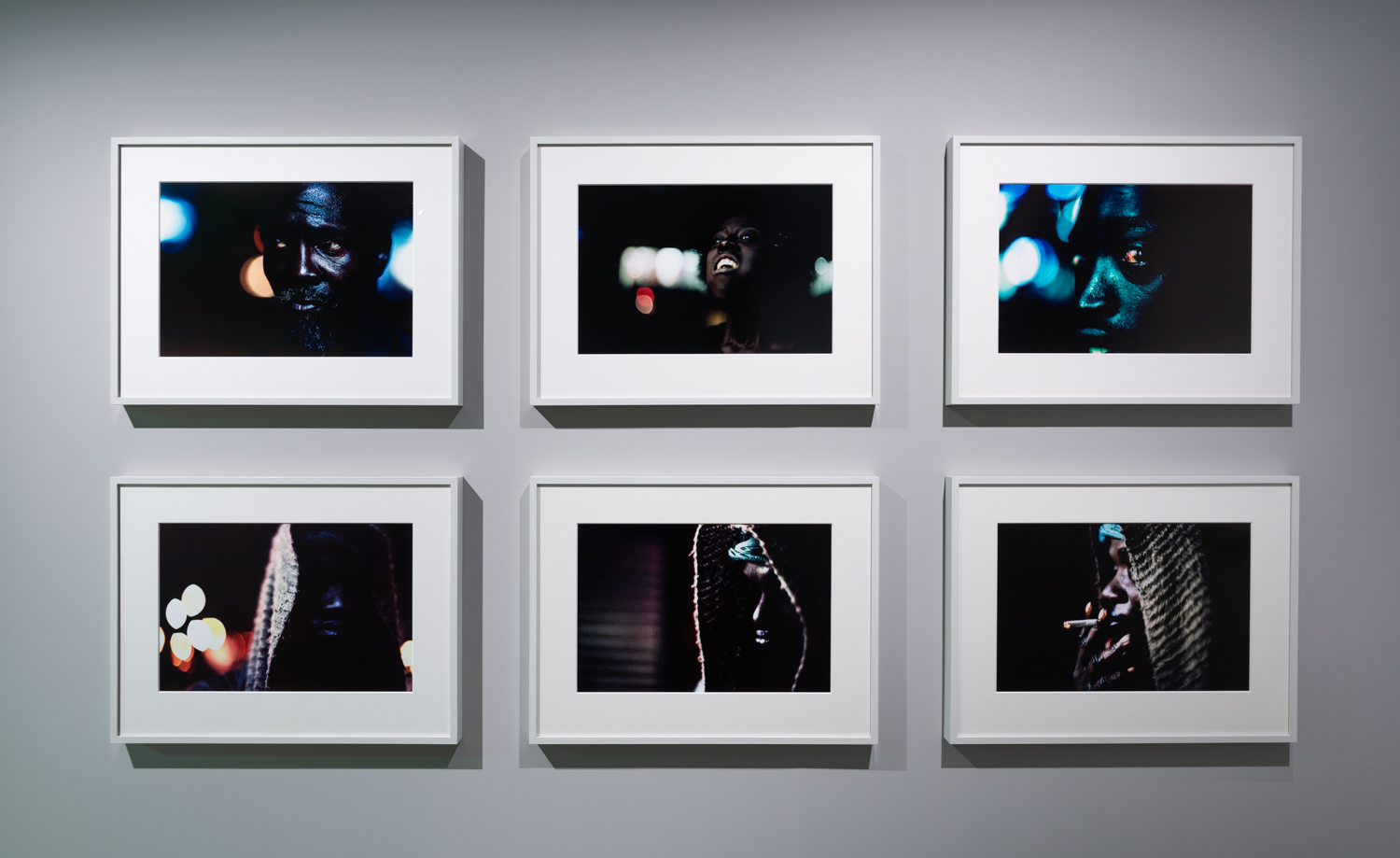 Magnum Photos’ new Paris gallery spotlights past and future
Magnum Photos’ new Paris gallery spotlights past and futureMagnum Photos expands its footprint with a new gallery space in Paris, inaugurated with multigenerational joint show ‘Bruce Davidson & Khalik Allah: New York’
-
 Magnum photographer Olivia Arthur on ‘culture, people and machines’
Magnum photographer Olivia Arthur on ‘culture, people and machines’The Photography Show 2021 at the NEC Birmingham hosts a discussion forum where visual talent views the world via the prism of humanity and technology, imagination and reality
-
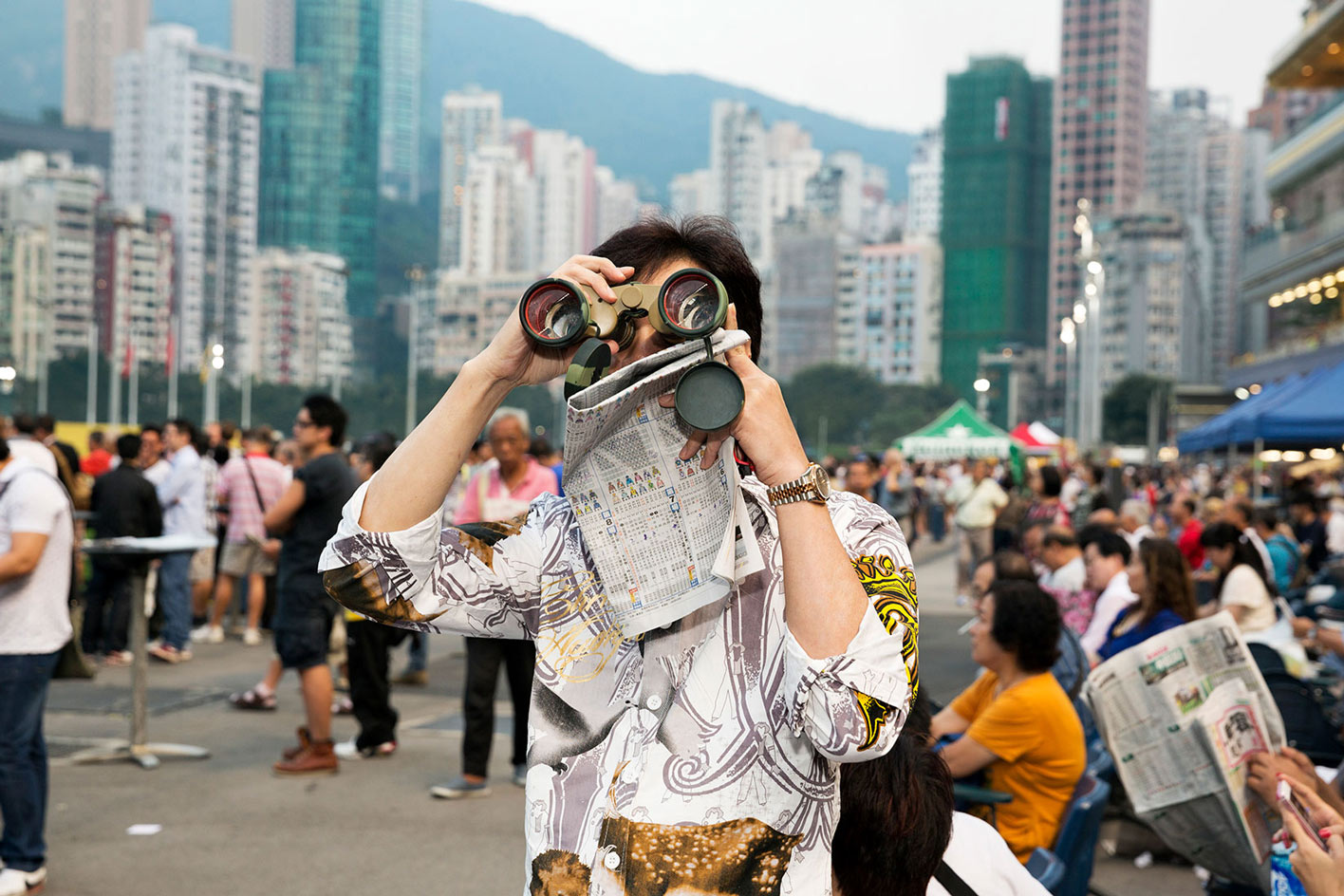 Magnum photographers on finding escape in image-making
Magnum photographers on finding escape in image-makingAvailable at $100 each until 18 July 2021, Magnum Photos square print sale captures different ways to find escapism, break free or make a getaway